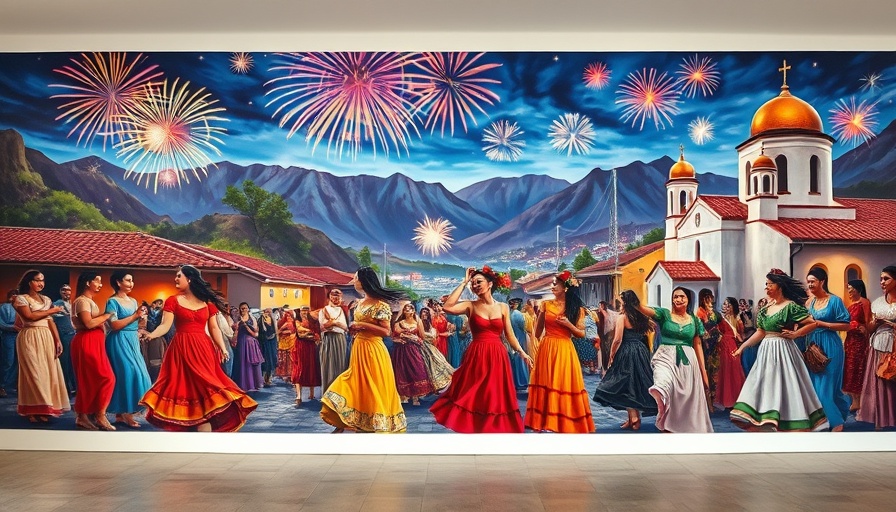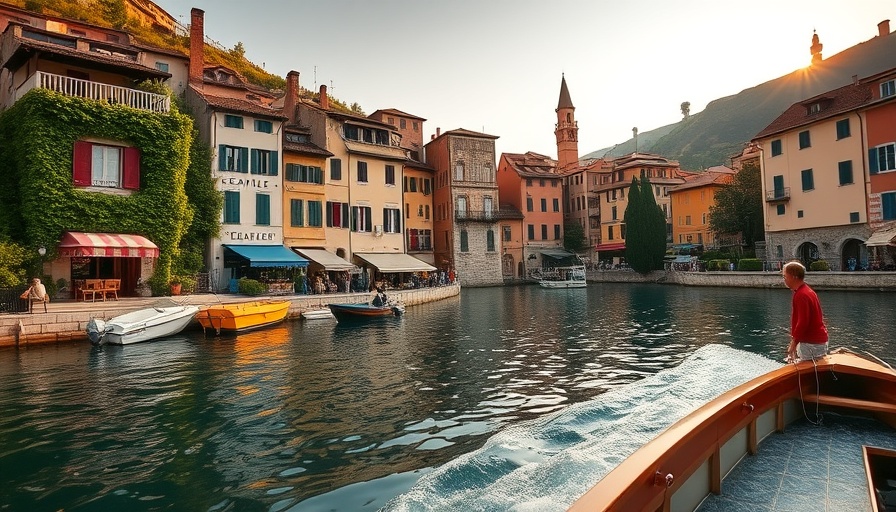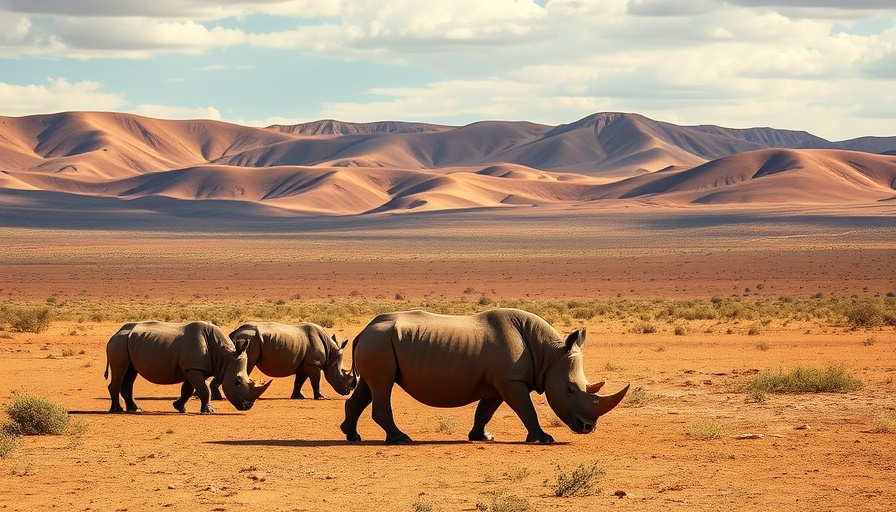
Discover the Hidden Gems of El Salvador's Ruta de las Flores
The scenic Ruta de las Flores in El Salvador is more than just a road; it’s an experience teeming with colorful culture, art, and nature. This 22-mile stretch meanders through the verdant highlands, inviting travelers to explore charming towns, breathtaking landscapes, and the country’s renowned coffee. Along the way, visitors will encounter a plethora of local artisans and vibrant murals that reflect the region's rich heritage.
Immersing in Art and Craftsmanship
Among the artisans, Pedro Arévalo stands out as a master weaver at Axul, a craft shop nestled in the picturesque town of Ataco. His craftsmanship breathes life into the ancient loom passed down through generations. Each colorful string he weaves represents not just a piece of fabric but a story of the past, connecting visitors to El Salvador's cultural roots. Supporting such artisans is crucial as it fosters a sustainable economy, empowering local communities and preserving traditional crafts.
The Allure of Local Coffee Culture
El Salvador is famous for its coffee, and a journey along the Ruta de las Flores wouldn't be complete without a stop at a local café. The region's climate produces some of the finest coffee beans, renowned for their flavor and aroma. Coffee farms along the route offer tours where visitors can learn about the intricate process from harvest to brew, and of course, taste the product of meticulous craftsmanship. Engaging with local baristas not only pleases the palate but also gives insights into the community’s love for coffee and its economic significance.
Experiencing Nature: A Visual Feast
From November to February, the ruta is framed by wildflowers, creating an explosion of color that enchants every traveler. For those who appreciate nature, hiking trails around the area provide thrilling adventures as well as the chance to witness the rich biodiversity of El Salvador. Birdwatching, in particular, is a highlight, with many migrating species arriving during this time, much to the delight of bird enthusiasts.
The Cultural Heritage: Mural Artistry
The highland towns, especially Ataco, are alive with murals painted by local artists, each telling a unique story of the community. These murals range from whimsical designs to profound statements reflecting social issues, showcasing the intersection of art and activism. Visitors can wander through town, discovering these installations while gaining insight into the narratives woven into the fabric of El Salvador’s culture.
The Importance of Sustainable Tourism
Sustainable tourism is vital in preserving El Salvador's natural beauty and vibrant cultures. Engaging with the local community not only diversifies the economy but also fosters respect and understanding of the environment. Travelers are encouraged to support local businesses and consider eco-friendly practices while exploring the ruta, creating a positive impact on the surroundings.
Final Thoughts: Why the Ruta de las Flores Is a Must-Visit
The Ruta de las Flores encapsulates the heart of El Salvador, showcasing its rich cultural tapestry, artistic endeavors, and breathtaking landscapes. For anyone seeking an authentic experience that combines beauty and community, this road trip stands out as a compelling destination. As travelers embark on this journey, they can appreciate the harmony of art, nature, and local tradition—a true testament to the resilience and spirit of El Salvador.
 Add Row
Add Row  Add
Add 



Write A Comment